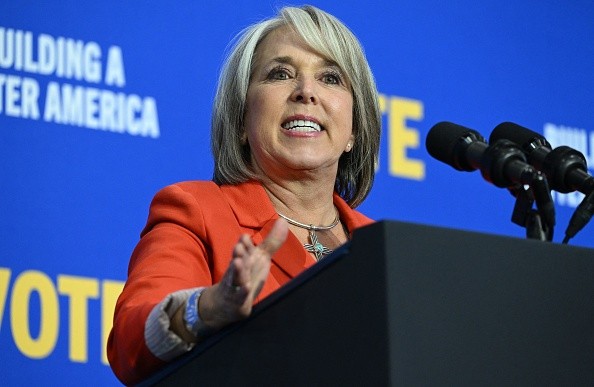On Thursday, New Mexico Governor Michelle Lujan Grisham initiated a 10% general fund spending increase for the coming fiscal year to boost housing opportunities and healthcare access.
Grisham announced that the fiscal year's $10.5 billion budget plan would be effective from July 2024 through June 2025.
New Mexico Gov. Grisham Proposes 10% General Fund Spending Increase

According to Grisham, the budget plan would increase general fund spending by roughly $950 million over current annual obligations. The Democratic-led legislature created a competing spending plan before the 30-day legislative session starting on January 16. Grisham could veto any budget provisions approved by legislators.
The natural gas and oil production in the Permian Basin that underlies western Texas and southeast New Mexico is expected to contribute significantly to the nation's second-largest oil-producing state's projected multibillion-dollar surplus for the upcoming fiscal year.
Grisham has clarified that affordable housing should be a top priority. She has proposed one-time spending of $500 million to finance affordable homes and related infrastructure and to increase opportunities through down payment assistance.
The state would use $40 million separately to launch a statewide homelessness initiative. In November, voters expressed frustration with surging home prices in fast-growing Santa Fe by passing a tax on mansions to fund affordable housing programs.
Public education spending would increase by $283 million, or 6.8%, to nearly $4.5 billion, the largest portion of the yearly general fund appropriations. Furthermore, one goal is to support specialized literacy programs while establishing a state literacy institute. Additional funds would support extending annual instructional time at public schools nationwide.
However, Republicans opposed extending public school calendars in the legislative minority. The Grisham administration intends to expand early preschool by 1,380 seats and add 2,000 slots for newborn and toddler care through increased state funding while supporting aid for children raised by grandparents.
In recent months, legislators expressed dissatisfaction with the outcomes of ongoing increases in public education funding. Proficient readers at their grade level are at 38% in the state. Math comprehension is at 24%, and the state's high school graduation rate is 76%.
Grisham has vowed to continue to spend within their means, responsibly, and with an eye toward accountability. Her proposed budget includes a 3% salary increase for executive agencies and state public schools and larger increases of 8% for correction officers and 14% for state police.
New Mexico Removes Gas-and-Diesel Powered Cars
Economists for state agencies claimed that New Mexico's income surge was slowing down while lawmakers debated how much to spend now or save for the future in case the world's need for oil falters. Legislators have up to $500 million in discretionary funds in the governor's proposed budget to approve tax cuts and incentives that encourage the purchase of electric vehicles and other low-emission automobiles and trucks.
Authorities in New Mexico recently adopted an accelerated timetable for automakers to nearly phase out delivering gas and diesel powered cars and trucks. The authorities' decision stems from concerns about the affordability of electric vehicles in a state with high rates of poverty.
This year, an era of soaring budget surpluses and cuts to broad-based taxes may close in several other states as a pandemic-era revenue surge fueled by federal spending and inflation recedes.








